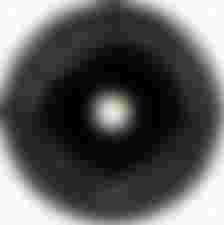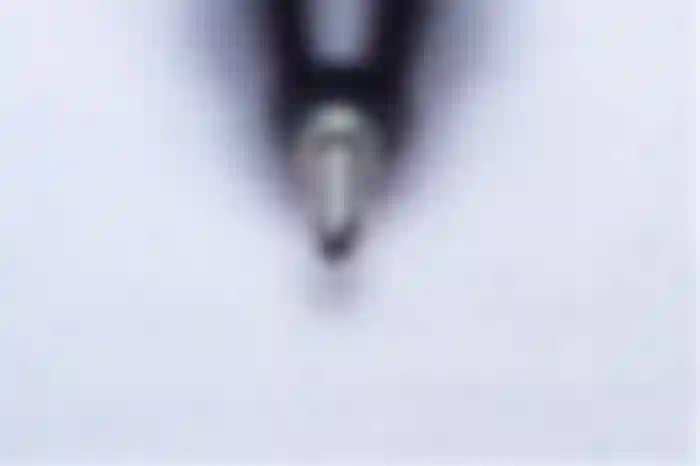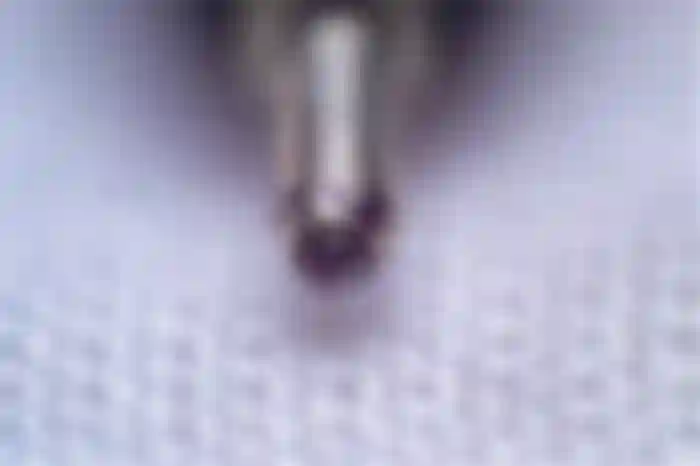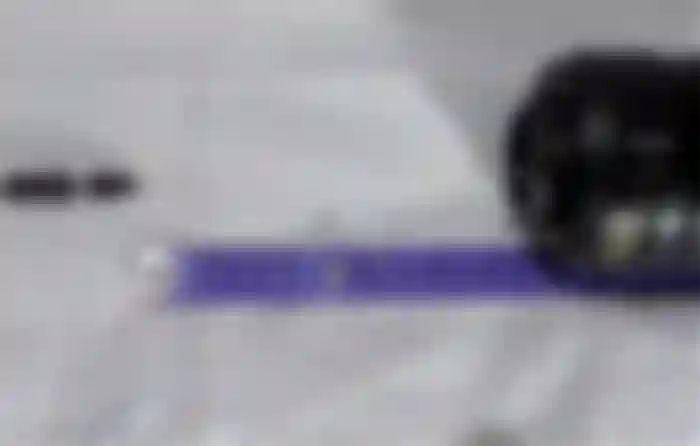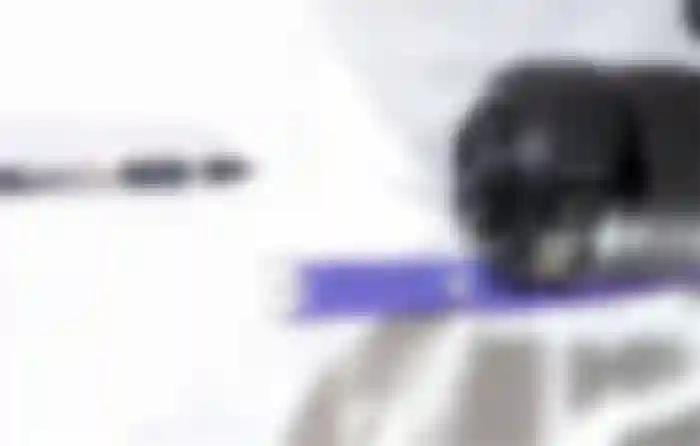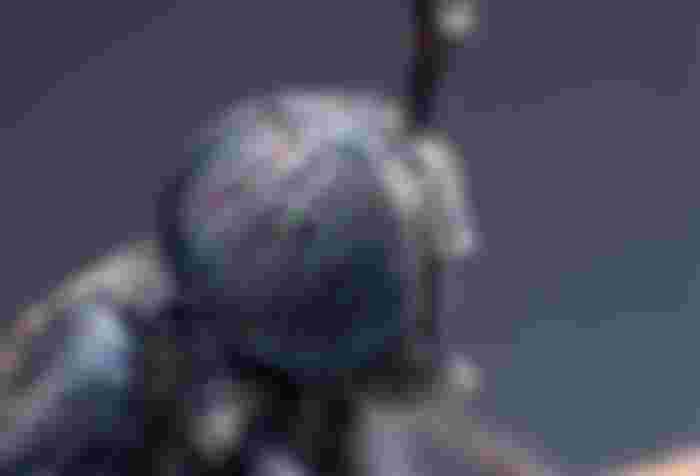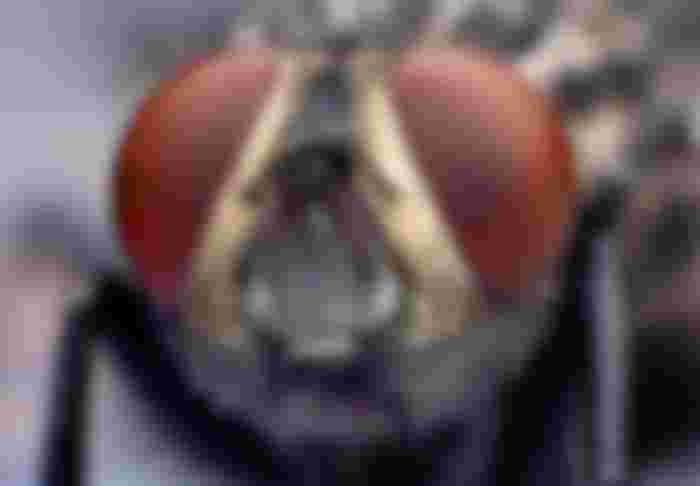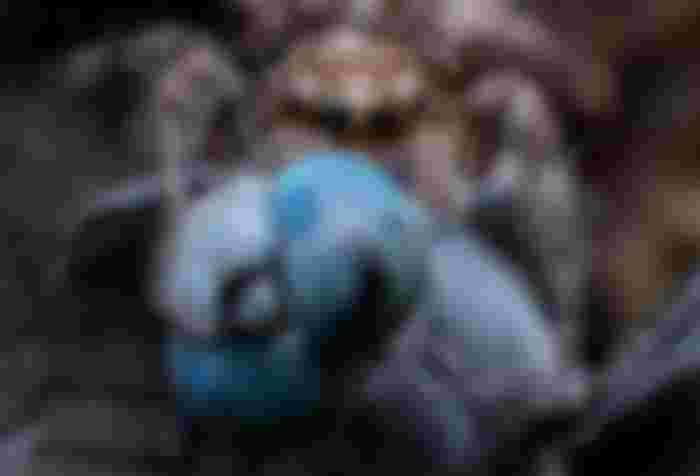What is reverse macro?
Reverse macro is basically fitting your kit lens (Other lenses can be used but 18-55 mm lens works the best) in reversed way using an adapter or ring to achieve very close macro shots.
Basic gears that you need to start reversing is a DSLR , 18-55 mm lens , reverse ring , external flash & home made diffuser.Reversing can be done on any dslr.
Selecting appropriate reverse ring for your camera & lens ( For all dslr )
Everyone new to this reversing technique will have a confusion about "how can i buy appropriate ring for my lens and camera , how can i know its measurements , how do i search for it ".
The answer is very simple , we only need to know how much our lens filter size is !
How do i find out my lens filter size or diameter?
Almost in all lens, filter diameter will be mentioned behind its top lens cap.(as in this below picture,diameter is mentioned as 55 mm) That means your lens filter size is 55mm
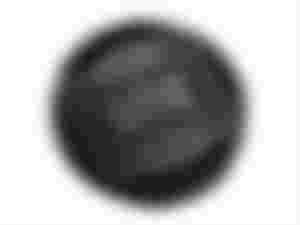
In some brands of lenses or if someone lose their lens cap and is not able to figure out how much their lens filter size is , refer image below.
This is top view of a Canon lens and diameter or filter size of this lens is depicted as "58 mm" with a circle and a slash on it ( Bottom )
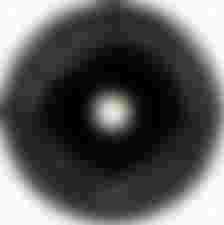
So when you have determined filter size of your lens , what you have to do next is that.You have to search in google like this (as my lens is 18-55 mm and have a filter size of"52 mm" also i am a Nikon user) "52 mm reverse ring or adapter for Nikon".
From google, results check various products and purchase the one with good reviews and comments ( Don't buy anything expensive. Reverse ring can only cost you a maximum of 7-8 dollars )
How to mount reverse ring properly (Video tutorial)
The video below is a tutorial on how to connect your reverse adapter to your lens and camera. Be careful not to over tight the adapter to the lens front part.
How to control aperture ( f/ ) of lens , while reversing ( For all dslr )
While reversing lens is fitted in opposite direction , so there is no electronic contact between your camera and lens . So focusing and aperture control must be done manually. Here i will explain how to control aperture of your lens manually for both Nikon & Canon dslr.
Importance of changing aperture for reverse macro :
Higher the aperture , sharper the picture will be and that doesn't mean that keeping aperture at highest value will give you a very sharp image . A perfect sharp image can be achieved on 18-55 mm lens with an aperture ranging from f/8 to f/16 ( for my Nikon 18-55 mm lens )
While talking about aperture , Aperture is generally the depth of field of our lens.
So talking in simple words when you have a very high aperture value ( ex f/22 , aperture shutter inside the lens is very closed , small circle ) you will have very less light but more area of focus.
When you are on a very low aperture value ( ex : f/1.8 ) you can see the aperture shutter inside the lens will be wide open creating a big circle inside lens , so allowing more light to pass and very low area of focus.
Please refer to the videos and explanations below ( Procedure for locking aperture in both Canon & Nikon lenses )
For Nikon users :
All Nikon lenses are equipped with a manual aperture control flap at backside of the lens
The aperture flap is generally a small metal made spring action thing . As you can see in the below video that is how we open and close aperture.
What happens inside the lens while we move this aperture flap? see below video.
As you can see the aperture changing inside the lens , that's how you control aperture while doing reverse macro.
Yes ! you need to keep a finger on this aperture flap because its a spring type and you won't be able to lock it in place.Control aperture with your index finger while capturing photos.
For Canon users :
Aside Nikon , Canon users are lucky that you can lock the aperture in any point you want and you are as well as unfortunate too ! Let me explain.
In Canon DSLR , aperture can be locked in two different ways :
1 > Using build in DOF ( depth of preview ) button , very small button located near to lens unmounting button.Usually the dof button is located to tight side bottom area as in the below picture. ( Procedure of locking aperture is stated below )
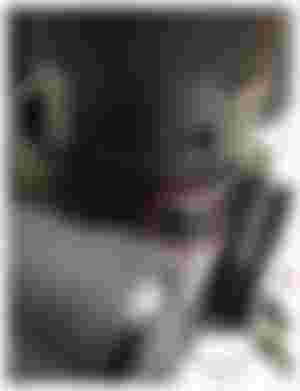
2 > Other way to lock aperture on canon camera that doesn't have a DOF button . ( All model of canon does not have depth of preview button , especially base or entry models )
So now i will explain these two methods mentioned above
First way ( for canon dslr with a dof button )
First set the aperture you want with 18-55 lens normally mounted ( here i am setting to f/14 )
After setting the aperture you need , without switching off the camera
press and hold the DOF button ( aperture opens to f14 ) and remove the lens ( NB : you have to press and hold the dof button while removing the lens ). The aperture will get locked onto the value you set ( here f/14 ).
How do we confirm that our lens aperture got locked or not?
So , to confirm that our lens aperture got locked to the value we set there is a way.
Refer to the video below.
As in this video , aperture is set to F/5 and this is a very low value aperture , so you can see the aperture shutter inside the lens is wide open . That means lens aperture got locked onto F/5 and as a result very wide opening is seen inside lens. ( less value aperture results in less area of focus and more light ).
In this below video we are going to check what happens inside lens if we lock aperture onto F/14
As in the video , you can clearly see that aperture got locked onto F/14 and as a result very narrow opening is only seen inside the lens. ( F/14 is high value aperture and will result in more area of focus and less light. )
Hence in this way you can double check if your lens aperture got locked or not.
After the aperture of the lens gets locked , mount the lens in reverse .
Second way ( for canon dslr without a dof button )
> In the above video , you will get to learn how you can lock aperture for a Canon dslr without a dof button.
> After the aperture of the lens gets locked , mount the lens in reverse .
About focusing , minimum focusing distance and change of area of focus while zooming in
If you are a beginner into reverse macro , you will be confused after setting the aperture and fitting the lens in reverse . " What to do next ? , Will i be able to zoom in? How can i focus subjects ? , What will be the minimum focusing distance ? "
So let me explain and clear each of your doubts .
> First watch this video tutorial and then go through rest of the matter .
> Which mode must i put my lens on , "A" or "M" while doing reverse macro ?
I would suggest you to set the focusing mode in "A" ( auto focus ) mode itself because if you switch it to manual mode , the lens will have very free movement rotation ( other than zooming movement ) and you will find it very difficult while shooting .
> Will i be able to zoom , while doing reverse macro on 18-55 mm lens ?
My answer is YES , you will be able to zoom while doing reverse macro with 18-55 mm , but as the name itself indicate " reverse " , the process of zooming is also reversed . Confused ?
When you are normally using a 18-55 mm lens . "18" is the wide angle , right ? and "55" is where you zoom the lens . So while reversing , its just the opposite . "55" will be the widest angle and "18" is where you zoom into ( 18 is where we get extremely close to subjects )
and that means a 18-55 mm lens become 55-18 mm while reversing.
For reference i am adding two of my photograph's .
Photo taken with 18-55 mm lens on 55 mm focal length :
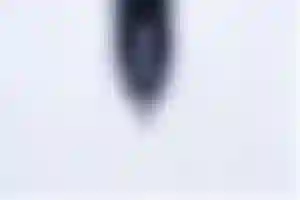
Photo taken with 18-55 mm lens on 35 mm focal length :

Photo taken with 18-55 mm lens on 18 mm focal length :
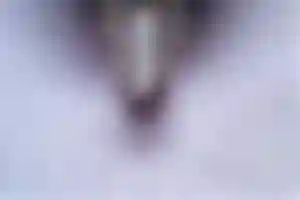
> As you can see in the above images even though i shot all images in same fixed
aperture ,the area of focus is decreased towards 18 mm . So if you want very crisp image in extreme macro situation you must try either to increase aperture or do stacking.
Stacking and all editing process will be uploaded as another post .
What will be the minimum focusing distance while doing reverse macro with a 18-55 mm lens ?
Minimum focusing distance is the shortest distance at which a lens can focus and here it depends upon , how much focal length you are on .
For example if you are on 55 mm focal length , you will have a decent working distance between lens and your subject , but when zooming toward 18 mm , you will gradually decrease the working space between lens and the subject .
I have added some photos as examples .
Minimum focusing distance when you are on 55 mm focal length ( 13 cms ):

Minimum focusing distance when you are on 35 mm focal length ( 7 cms ):
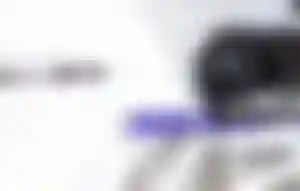
Minimum focusing distance when you are on 18 mm focal length ( about 5 cms ):

Finally, Some of my reverse macro shots :
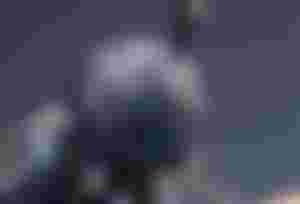


You can find more on my Instagram handle : @kiran.kv_photography
Thanks a a lot for reading , have a great day !

